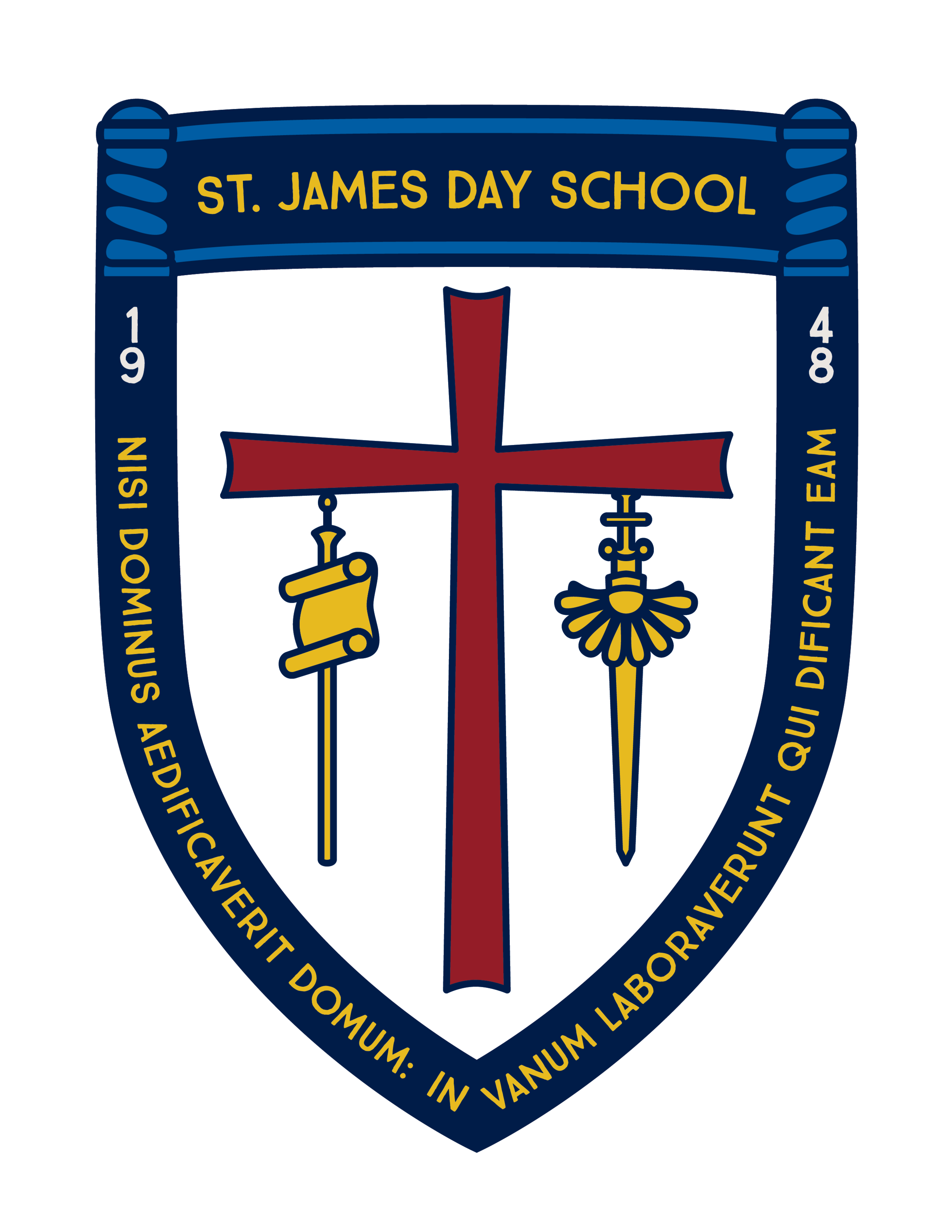The first couple of days at school are exhausting for both teachers and students! So many routines to teach and so many little learners to get to know! The most important thing I do the first few weeks is to begin building trust and relationships with each child so they can feel safe and happy. If they feel safe and happy, their parents will feel safe and happy leaving their child with me each day. Being able to establish caring relationships and to enter successfully into ongoing social interactions are essential skills for school and for success in life. For most of our little learners, this is the FIRST time they have been to school. Most have no idea how to sit at circle time, get in line, eat lunch at school, wash their hands, clean up, or wait their turn.
The focus question for the week was, what names do we need to know at school? The children quickly decided that they needed to know my name, as well as, their friends name. During circle time we are demonstrating phonological awareness by learning the following nursery rhymes: Humpty Dumpty and The Three Little Kittens. Phonological awareness, or phonological sensitivity, is the ability to discern the sounds and patterns of spoken language. Phonological awareness is an important skill in learning to read. Children become phonologically aware through experiences such as reciting poems and nursery rhymes, singing, and clapping the syllables of chanted words.
We discussed how Humpty Dumpty is an egg and easily broken when mishandled. Once cracked, an egg shell can't be put back together. I asked the students, "Where is Humpty Dumpty, and is it a safe place for him to be?" This led to an entire discussion about safety and making good choices so we stay safe.
We acted out The Three Little Kittens by going outside to find their mittens. Once we found all the mittens we matched them by color and size to make a pair. We talked about where things go in our classroom so we don’t lose them (backpack, folder, lunch box, toys).
As you can see, we’ve been busy! Check back with us in a couple of weeks to see what else we’ve been learning in Pre-K3.





















